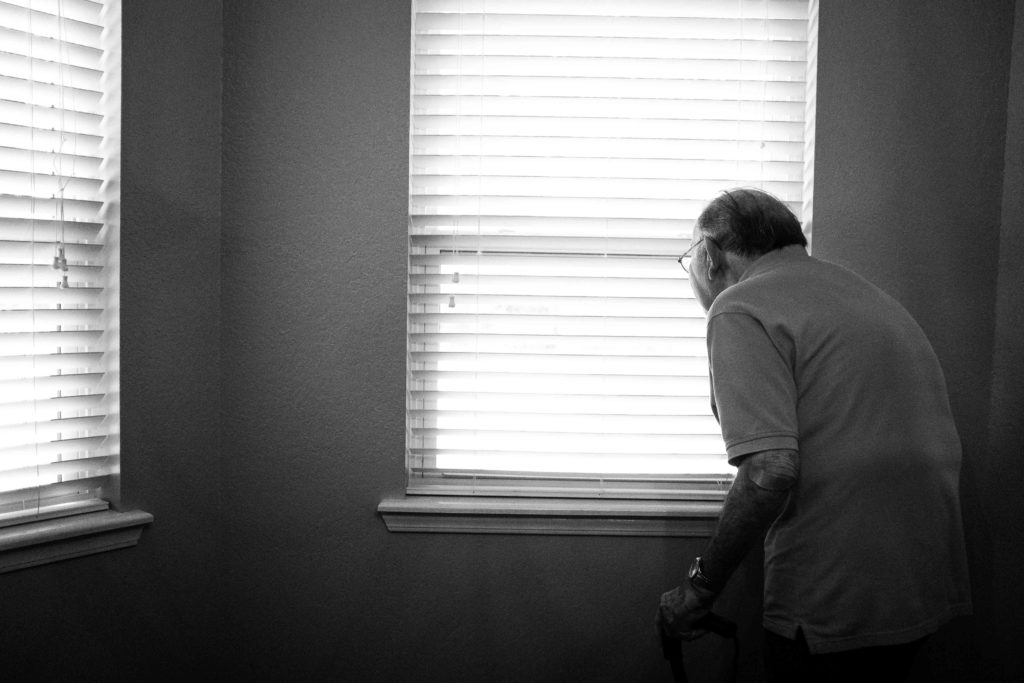All fields are required
Posted in Food Safety,Legionella,Legionnaire's disease,Our Blog,Outbreaks & Recalls on April 15, 2019

Presence of legionella bacteria in a nursing care facility is a topic of concern. The bacteria causes Legionnaires disease, a severe form of pneumonia that causes lung inflammation. The fatality rate is high and stands at 10%. The disease is difficult to treat in some individuals like adults over the age of 50, those with compromised immune system, chronic lung disease and smokers. Nursing care facilities house the first group of individuals. Not only are these people more likely to catch the infection, they are also at more risk of complications. See the concern? This is why a good Legionnaires disease lawyer can help you with your Nursing Home Legionnaires claim.
In the meantime, here is what you need to know about the latest Nursing Home Legionnaires concern:
Recently, an Allegan County man staying at a nursing care facility in Three Rivers, Michigan tested positive for the Legionnaires’ disease. This sparked an investigation at the facility. Branch Hillsdale St. Joseph Community Health Agency (BHSJCHA) is coordinating with Michigan Department of Health and Human Services (MDHHS) to look into the situation.
Testing revealed that nursing care facility’s water system is contaminated with Legionella bacteria. Until date, 14 out of 22 environmental water samples tested at the facility have been positive for Legionella bacteria. Based on the guidance issued by CDC, this level of contamination puts patients and visitors at the facility at risk. An environmental assessment has been done and remediation has started to eradicate the bacterial contamination at the facility.
Public health agencies in Michigan, officials at BHSJCHA, MDHHS and other facilities operator are taking steps to evaluate and rectify the situation so as to minimize the risk of infection. The facility has been guided to assess their current methods of water management, comply with the ongoing investigation, make the required changes and send out public notification to notify about possible risk of the infection.
The facility has been requested to
Identified in 1976 at one of the largest disease investigation in US history, Legionnaires disease is a kind of pneumonia that causes lung inflammation. After 6 months of a mysterious outbreak in 1976 at an American Legion convention in Philadelphia that sickened 180 and claimed lives of 29 people, legionella bacteria was identified. People get legionnaires when they breathe in mist that is contaminated with the bacteria.
One of the very first signs of lung inflammation is cough. Some of the other early symptoms include tiredness, weakness, chills, headaches, fever (often high at 103℉ or more) and shortness of breath. Gastrointestinal symptoms are also common like diarrhea (most common), vomiting, stomach discomfort etc. A milder form of legionellosis is Pontiac fever. It is a flu-like illness, without pneumonia and much less severe than Legionnaires. It usually goes away on its own.
Complications of Legionnaires include severe muscle pain, confusion and blood streaked phlegm or hemoptysis. Risk factors associated with severe pneumonia include respiratory failure, shock and multi-organ failure. Treatment usually requires antibiotic treatment, that can continue for several weeks or months.
Death rate due to disease depends on a number of factors like how early the treatment starts, severity of the disease, appropriateness of the initial antimicrobial treatment and host factors (healthy individuals versus those at high-risk of complications). Death rate is as high as 40%-80% in those with compromised immune system. Overall, the fatality rate is around 5% to 10%.
Past sources of Legionnaires’ disease include: cooling towers, hot tubs, showers, decorative fountains and large building plumbing systems. Legionella bacteria is found in freshwater sources like lakes, rivers and streams. It thrives in warm water and spreads through a building’s contaminated water system. The bacteria is so tiny that it piggybacks on tiny water droplets like mist or water vapor. When an individual inhales this droplet, he is at risk of contracting Legionnaires.
Recent travel and overnight stay can increase your risk of contracting the Legionnaires disease. Patients who have pneumonia should get tested for Legionnaires especially if they:
Legionella growth is more of a concern at nursing homes and other healthcare facilities like hospitals majorly because they service a population that is so vulnerable to contract the infection and develop complications once they have it. These settings are also more prone to growth of Legionella in their water systems because their plumbing is large and complex. This is why Centers for Medicare and Medicaid Services (CMS) and the Centers for Disease Control and Prevention (CDC) consider it crucial that these places have a water management system that is effective in limiting the growth of legionella bacteria in the plumbing.
Legionella can thrive in water systems due to various reasons like construction factors such as renovation or water breaks that can dislodge biofilm and release Legionella, changes in municipal water quality (pH, turbidity, disinfectant levels), fluctuation in water temperature and water pressure and water stagnation.
Prevention of Legionella in water systems requires formation, planning, and implementation of a water management program.
By: Pooja Sharma, Contributing Writer (Non-Lawyer)